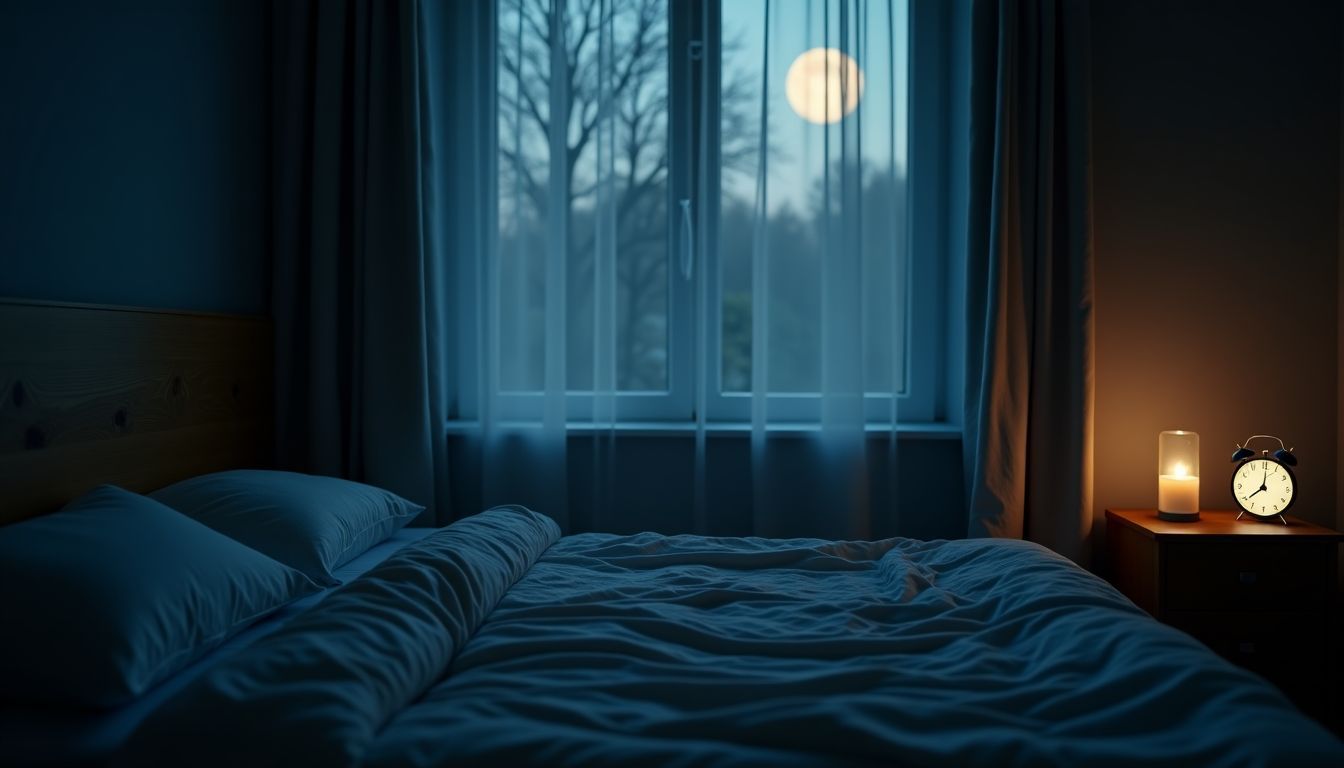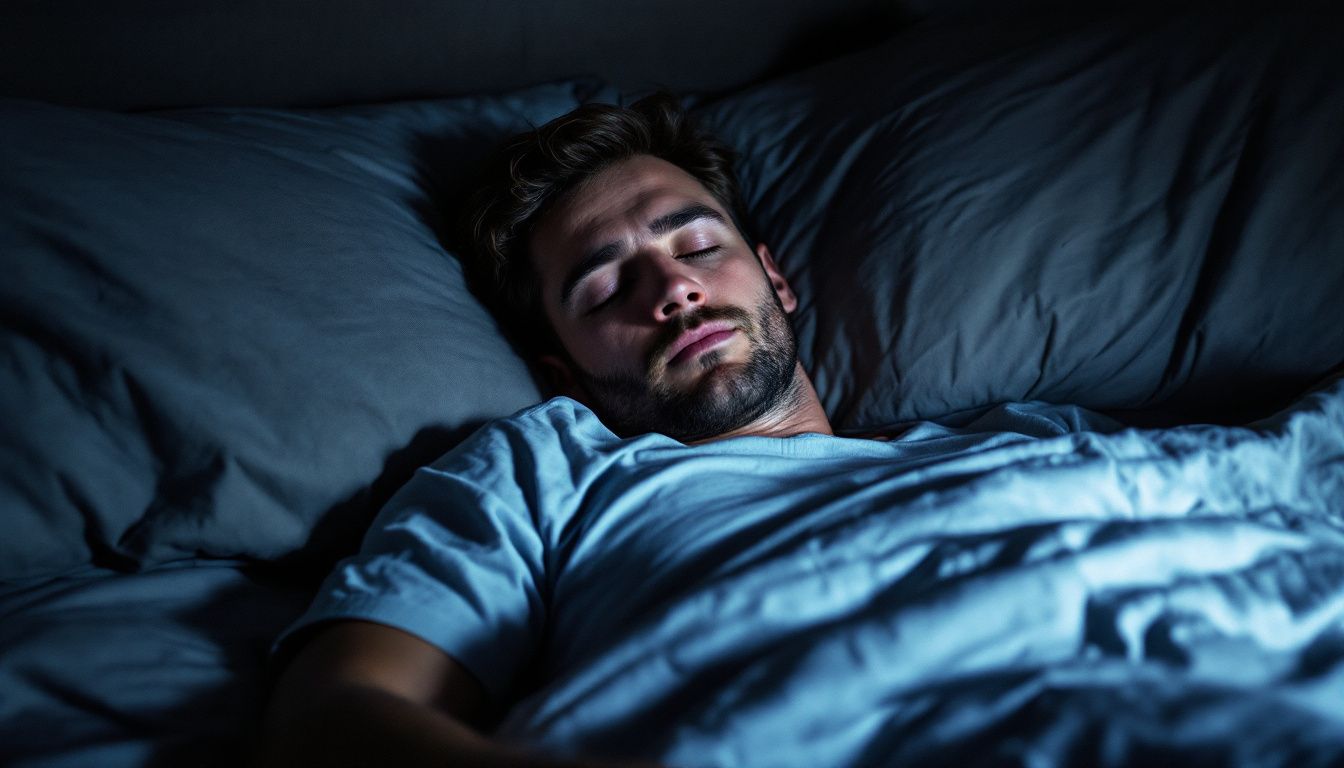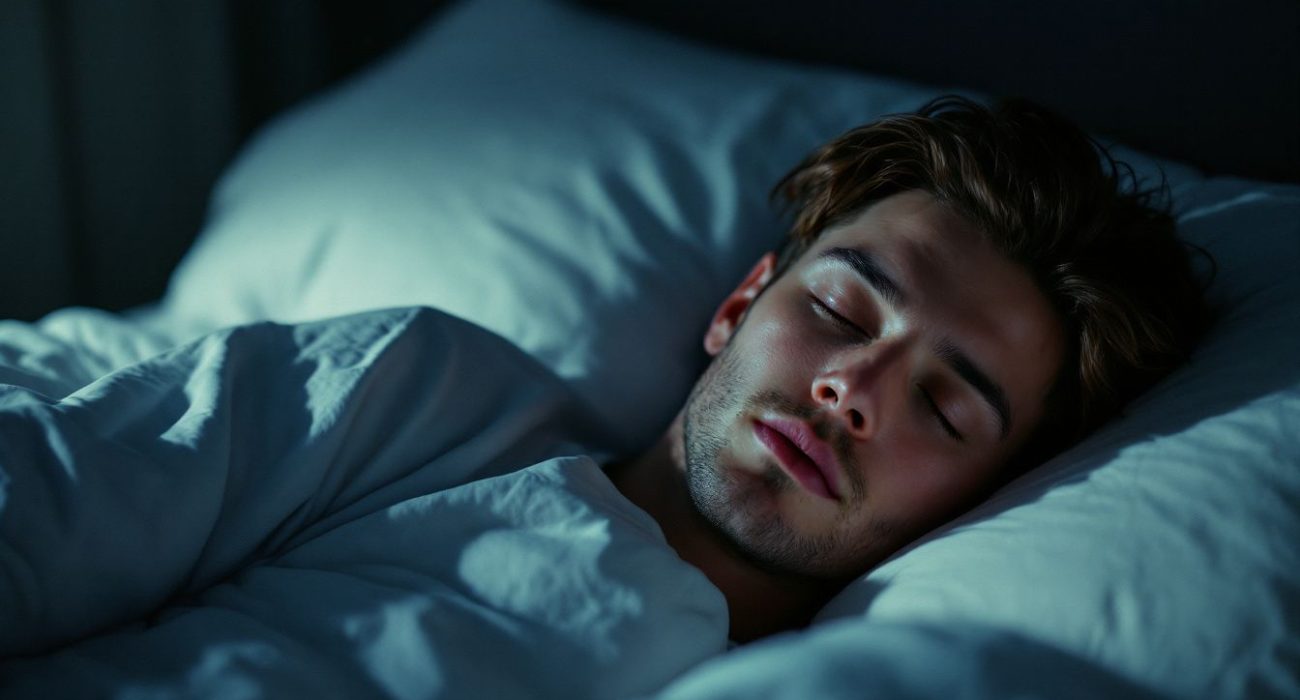Many people find it hard to sleep well at night. One key fact is that a good sleep cycle can make a big difference. This post will show you how understanding your sleep cycle can improve your rest.
Keep reading to learn more about your sleep cycle explained.
What Is the Sleep Cycle?

A sleep cycle is a pattern that occurs during rest. Typically ranging from 70 to 120 minutes, this cycle repeats 4-6 times in a single night. The initial session of sleep is commonly shorter, usually 70-100 minutes, with subsequent sessions potentially extending to 90-120 minutes.
The cycle comprises three stages of NREM (non-rapid eye movement) sleep and one stage of REM (rapid eye movement) sleep.
Within each cycle, the brain passes through various patterns recognized as brain waves. These alterations ensure your body receives the necessary rest for healing, strengthening, assimilating new knowledge, and awakening refreshed.
Stages of Sleep

The stages of sleep include NREM and REM sleep. NREM has three stages: light sleep, onset of deeper sleep, and deep slow-wave sleep. Meanwhile, REM is when vivid dreams occur.
NREM Sleep
NREM sleep is a big part of our night. It has three parts: N1, N2, and N3. This kind of sleep fills about 75% of adult sleeping time. In these stages, our bodies fix themselves. Our immune system gets stronger and our brain sorts out what we learned during the day.
In stage N1, we start to fall asleep but can wake up easily. By stage N2, it’s harder to wake us up because we’re in a deeper sleep. Stage N3 is when we are in the deepest sleep. This deep rest is key for feeling refreshed in the morning.
During these stages, our brains are also busy cleaning up and storing new info.
Stage 1: Light Sleep
Stage 1 of sleep is the beginning of the sleep cycle. This phase lasts between 1 to 7 minutes. Your body moves from being awake to sleeping during this time. It’s easy to wake someone up in Stage 1 because it is very light sleep.
In this stage, your brain waves slow down a little from when you are awake. This is part of non-REM sleep, where your eyes stop moving fast. Next, we move into deeper stages of sleep.
Stage 2: Onset of Deeper Sleep
In stage 2, deeper sleep begins. This part lasts 10-25 minutes at first and gets longer later in the night. It makes up about 45–50% of total sleep time. This stage has special brain patterns called sleep spindles and K-complexes.
These patterns help with storing memories.
This is a key step before deep sleep, where the body really starts to rest. After this comes stage 3, or deep sleep, which helps in restoring energy and repairing the body.
Stage 3: Deep Sleep (Slow-Wave Sleep)
As sleep deepens from stage 2, people enter stage 3, known as deep sleep or slow-wave sleep. This part of the night is crucial for feeling rested. It lasts between 20 to 40 minutes when it first appears early in the night.
Adults spend about one-fourth of their sleep in this phase.
This time is full of delta waves, which are very slow brain waves. These waves help restore the body and support growth. During deep sleep, healing happens and energy gets restored for the next day.
REM Sleep
REM sleep starts about 90 minutes after you fall asleep. This part of your sleep makes up about 25% of the night. In REM, or rapid eye movement sleep, your eyes move fast but you do not see.
The first time you enter this stage, it lasts for about 10 minutes. Later in the night, these periods can get longer, sometimes up to an hour.
During REM sleep, your brain is very active. It’s when most dreams happen. Your body does not move much because it relaxes a lot during this time. This helps keep you safe by making sure you don’t act out your dreams.
Everyone has several rounds of REM sleep each night as part of their sleep cycle.
What Happens During REM Sleep
During the phase of REM sleep, our neural activity is incredibly engaged. This phase is recognized for being the time of dreams. The neural activity sees a rise of approximately 20%.
This implies that the brain consumes a greater quantity of energy during REM sleep than during wakefulness when engaged in basic tasks.
A vital aspect of REM sleep is its role in learning and information retention. The brain processes the occurrences of the day and solidifies significant recollections at this time.
Individuals deprived of sufficient REM sleep may struggle to retain recent learning or experiences.
Characteristics of a Sleep Cycle

A sleep cycle comprises light, deep, and REM sleep stages. Understanding the workings of these stages is crucial for a restful night. To gain insights into the importance of each stage, explore our blog!
Length of a Sleep Cycle
A sleep cycle lasts about 90 minutes on average. It can be shorter or longer, from 70 to 120 minutes. The first sleep cycle of the night is usually shorter, between 70 and 100 minutes.
Later cycles are longer, lasting from 90 to 120 minutes.
Each cycle includes different stages of sleep, such as light sleep, deep sleep (also known as slow-wave sleep), and REM (rapid eye movement) sleep. The time you spend in each stage changes through the night.
Age, how much you slept recently, and drinking alcohol affect these stages too.
How Sleep Cycles Repeat Throughout the Night
People go through 4 to 6 sleep cycles each night. The first part of the night has more NREM sleep. This is when your body heals and grows. Later in the night, you get more REM sleep.
This is when you dream a lot. Each cycle takes about 90 minutes to complete.
Sleep disorders like sleep apnea can mess up these cycles. They make it hard for your body to move smoothly from one stage to another. So, getting good sleep becomes tough. Your brain and body need each cycle to work right during the day.
Importance of Sleep Stages

Sleep stages are crucial for physical restoration and memory consolidation. To learn more, delve into the intricate world of sleep cycles.
Role in Physical Restoration
Deep sleep, especially NREM Stage 3, plays a crucial role in aiding physical recovery and supporting the immune system. This stage is characterized by the occurrence of delta waves, which are essential for promoting restorative sleep and facilitating growth processes.
Disruption of these deep sleep stages can have harmful effects on physical health by impairing essential functions such as immune system support and overall recuperation.
Role in Memory and Learning
REM sleep plays a crucial role in memory and learning. It is during REM sleep that the brain consolidates memories and aids in learning new information. Insufficient REM sleep can impact cognitive clarity and memory retention.
Therefore, this particular sleep stage is essential for optimal brain function.
Grasping the significance of REM sleep in memory and learning offers valuable understanding into the brain’s information processing during rest. Now, let’s explore the elements that influence the sleep cycle.
Factors That Affect the Sleep Cycle
Age, lifestyle, and health conditions can impact the sleep cycle. To learn more about these factors, feel free to delve into our blog.
Age and Sleep Patterns
Sleep patterns change as we age. Newborns sleep 14-17 hours, adults need 7-9 hours, and older adults often have fragmented sleep. Younger people have more REM sleep while it decreases with age.
For example, newborns spend nearly half their sleeping time in REM compared to only about 20% for adults.
Older adults may find they wake up frequently during the night or wake up early in the morning due to reduced deep sleep and increased nighttime awakenings. This can lead to feeling less rested despite spending sufficient time in bed.
These changes are part of normal aging but other factors like health conditions or medications can also impact sleep patterns.
Lifestyle and Sleep Hygiene
Upholding a regular sleep schedule and spending time in natural light enhances sleep quality. Refraining from alcohol and caffeine before bed helps to support a healthy sleep routine.
Promoting consistent sleeping habits and exposure to daylight can enhance the quality of your sleep. Limiting alcohol and caffeine intake before bedtime supports the maintenance of healthy sleep cycles, promoting overall improved well-being.
Going forward, let’s explore some tips for maintaining a healthy sleep cycle.
Health Conditions
Insomnia and sleep apnea are common health conditions that influence the quality of sleep. As many as 70 million Americans are affected by various types of sleep disorders. Insomnia, prevalent in about 10% of the general population, can disturb the regular sleep cycle, affecting overall health and well-being.
At the same time, conditions like obstructive sleep apnea can hinder reaching deeper stages of sleep, leading to fragmented and insufficient rest.
These health issues not only influence a person’s ability to get a good night’s rest but also contribute to serious consequences such as decreased cognitive function, mood disturbances, and increased risk for chronic diseases like diabetes and heart disease.
Furthermore, they may lead to an increased likelihood of accidents due to daytime drowsiness caused by interrupted or poor-quality sleep.
Tips for Maintaining a Healthy Sleep Cycle
Maintain a regular sleep schedule. Create a comfortable sleeping environment. Avoid stimulating activities before bedtime.
Establish a Consistent Sleep Schedule
Strive to sleep for 7-9 hours every night. Adhere to a regular bedtime and wake-up time, even on weekends. Keeping a consistent sleep schedule can improve the overall quality of your sleep and enhance your health.
Create an Ideal Sleep Environment
Create an environment that promotes good sleep by making sure your bedroom is quiet, dark, and cool. Get a comfortable mattress and bedding for better sleep quality. Eliminate noise and light in the room to improve your sleep.
Avoid Disruptors Before Bedtime
Before going to bed, it’s important to avoid things that can disrupt your sleep. Cut down on alcohol and caffeine, especially a few hours before bedtime. Skip heavy meals and intense workouts close to bedtime.
Reduce screen time and exposure to blue light from electronics before sleeping. These steps help you wind down for better sleep quality.
Lack of sleep affects health. Limiting these disruptors can improve the chances of getting a good night’s rest.
Conclusion
Understanding the sleep cycle and its stages is crucial for maintaining good health. By emphasizing on improving sleep hygiene, establishing a consistent sleep schedule, and avoiding disruptors before bedtime, individuals can enhance their overall well-being.
It’s important to consult healthcare providers for support if experiencing sleep issues to address potential underlying conditions and improve quality of life. Keep in mind, prioritizing quality sleep is essential for optimal physical restoration and cognitive function.

